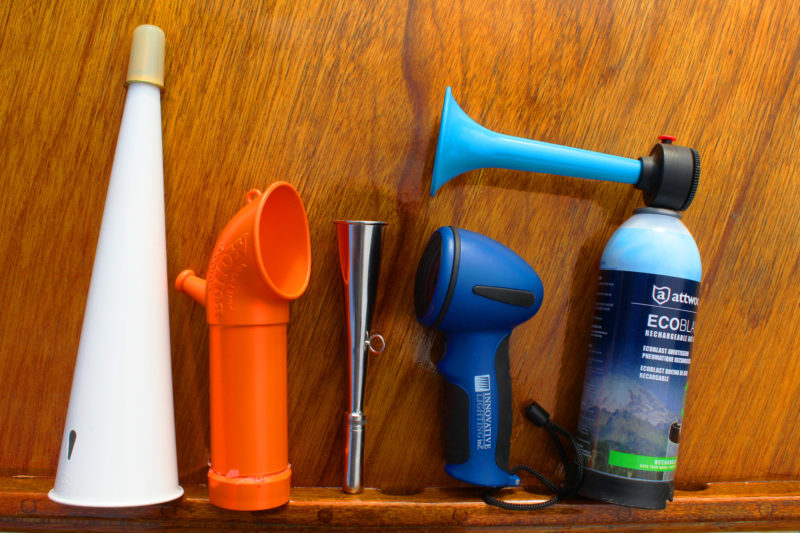
A small boat in a crowded waterway is easily overlooked by other boaters. So what do you do when it’s imperative to attract the attention of another boater, especially one who is bearing down on you? A VHF radio is a key piece of equipment that’s usually useful for communicating with commercial vessels, but it’s not the most immediate way of making your presence known to pleasure craft. A whistle might help, but if you really want to be heard over the roar of a motor, what you need is a portable horn.
I went looking for a horn that is loud, compact, and durable. Because low-impact boating is my goal, I also wanted one that doesn’t require disposable compressed-gas cartridges. For vessels under 12 meters, Coast Guard regulations regarding air horns are vague—“A vessel of less than 12 meters in length…shall be provided with some other means of making an efficient sound signal”—but common sense dictates that a warning blast should be heard a couple of hundred feet away, and ideally further. A friend and I got out on the water and tested six horns over a distance of 500 ft and then 1,000 ft. Five models seemed worthy of consideration by small-boat users.
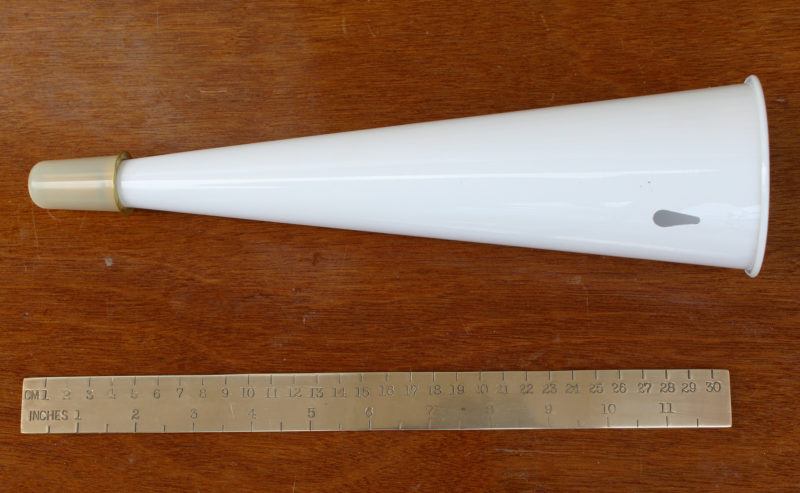
The reliable Perko horn has been around for decades and has a hole for hanging it up where you can get to it in a hurry.
The Perko Fog Horn ($25) is constructed of aluminum with a white, baked-enamel finish. It is approximately 12″ long with a 3″-wide flared end. The nylon mouthpiece creates a somewhat tinny, party horn-like sound. Blowing this horn required little effort, and it could be heard plainly at 500 ft, but was less discernible at 1,000 ft. It’s simple, maintenance-free, and easily stowed.
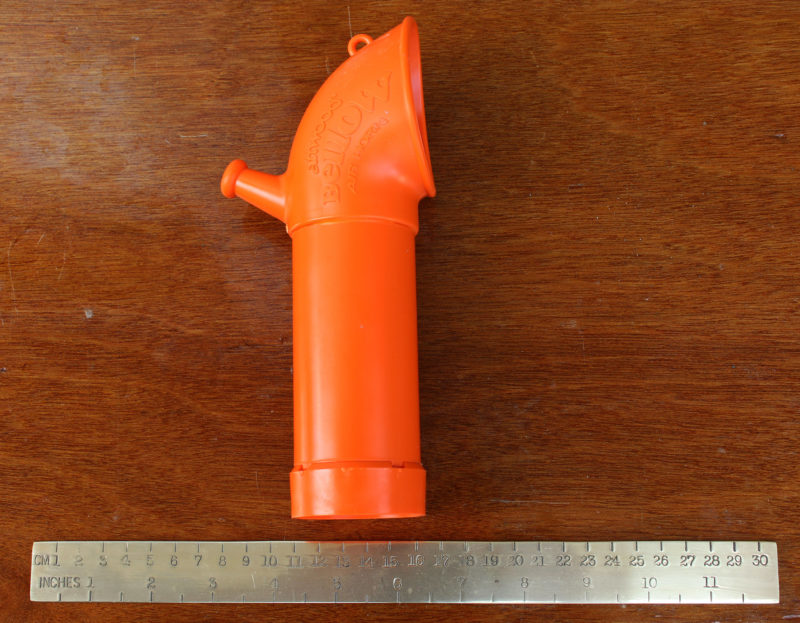
The Bellow horn has an unusual shape but a good sound and no metal parts that would be subject to corrosion.
Shaped like an old-fashioned cowl vent, Attwood’s 8″ by 2″ Bellow horn ($12) is made of thick, bright-orange plastic. The user blows into a small tube on the rear of the cowl. Despite its toy-like appearance, the sound produced is hardy, high, and clear, even at 1,000 ft. Unlike other horns, the Bellow can be blown softly as well as with more force, enabling the user to produce a variety of volumes, all at the same tone. The instructions note that the diaphragm on the bottom of the horn requires occasional replacement with “household plastic wrap,” but a piece of freezer bag or 4mm plastic sheet is much less likely to tear when installed.
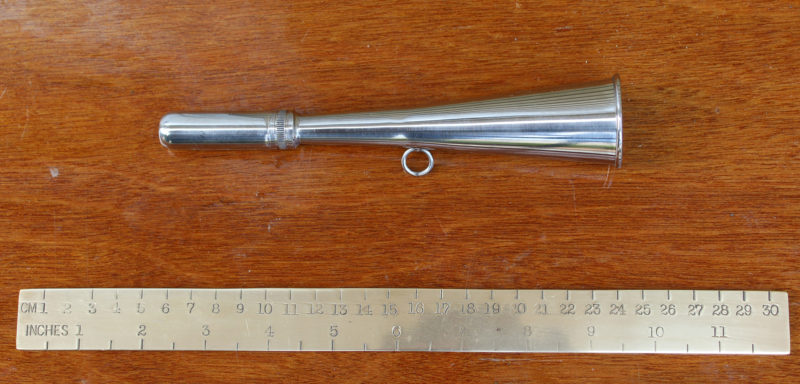
SeaDog’s horn is small but produces a loud signal.
Measuring in at 7.25″ long by 1.25″ at the wide end, Sea Dog’s stainless-steel horn ($34) was the most compact model—it fits in a pocket—and the loudest for its size. It produces a sporty, trumpet-like toot and sounds more bold and definite than the Perko or Attwood horns, even at 1,000 ft. Its rigid body and solid metal mouthpiece make it unlikely to wear out from use or baking in the sun, and because of the sturdy construction, it would be difficult to crush or dent it accidentally.
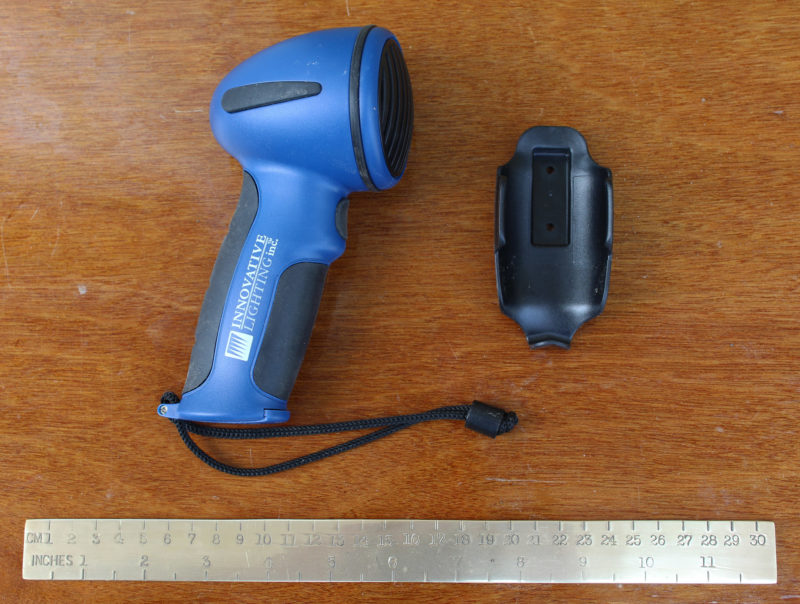
Innovative Lighting’s electric horn comes with a mounting bracket to keep it handy.
Innovative Lighting offers an electronic horn ($25) powered by a common 9-volt battery. Made of water-resistant, molded plastic with rubberized surfaces on its pistol-style grip, it has a button operated by the user’s forefinger. A loudspeaker at the top emits a synthetic “ZZZ-T, ZZZ-T” sound that reminds me of an amped-up cicada. The non-traditional sound is clear and, rated at 112 decibels, is easily heard at 1,000 ft. It will certainly get someone’s attention, though, as a fog signal, it may not be readily understood by other boaters.
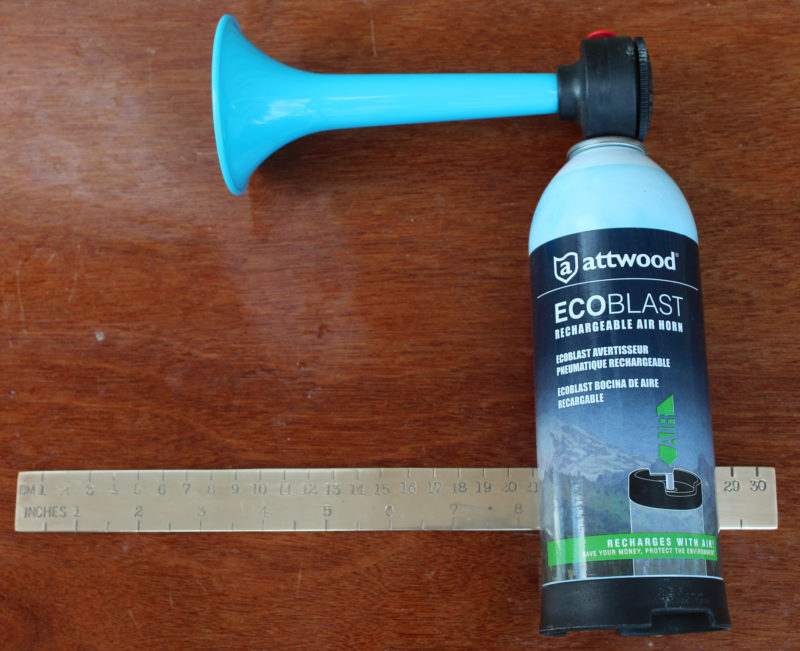
The EcoBlast horn has a very loud sound and is recharged with air.
Attwood also produces the Eco Blast Rechargeable Air Horn ($34). It consists of a canister and a 5″-long plastic horn. The horn has a threaded brass insert that screws easily onto the top of the canister. A small red button unleashes a powerful and unmistakable warning. The EcoBlast is rated at 120 decibels and louder than any of the horns I tested. The canister gets pumped full of air with a handheld bicycle pump. If the horn isn’t being used, the canister holds air pressure for days on end, and you can use a tire gauge to see how much air is in the can and charge it up before you launch. After around 15 short blasts or a continuous blast lasting 5 seconds, it needs to be refilled, and it takes a strong pair of arms to get it up to full pressure—100 psi—with a small hand pump.
These horns can all be found for under $40, making them a bargain on the safety-to-cost ratio. Given the circumstances small-craft owners are likely to meet—an encounter with other craft, various emergency situations, becoming fogbound—these horns can be an essential piece of your safety equipment. ![]()
Bruce Bateau sails and rows traditional boats with a modern twist in Portland, Oregon. His stories and adventures can be found at his web site, Terrapin Tales.
Editor’s notes:
To make measurable comparisons of the horns, I put a decibel meter app (Sound Meter for Android) and a pitch tuner app (Pano Tuner for Android) on my phone. The decibel meter didn’t seem to do well at close range—many of the horns peaked at the same level—so I set my phone by the front door and looked at it through a pair of binoculars, 40′ away at the back door. The measurements are lower than they would be if measured at the source and for comparison only:
[table]
EcoBlast/87 dB, 730 Hz
Innovative Lighting/72 dB, 133 Hz
Bellow/72 dB, 433 Hz
SeaDog/66 dB, 467 Hz
Perko/65 db, 440 Hz
[/table]
The do-it-yourself horn I made (see this month’s “From the Editor” column) measured 67 dB, 258 Hz with a 12″ pipe, 67 dB, 206 Hz and with the 18″ long funnel, and 61 dB, 121 Hz with a 24″ pipe.
Horn vocabulary
From the USCG Navigation Rules:
One short blast means “I am altering my course to starboard.” Two short blasts to mean “I am altering my course to port.” Three short blasts to mean “I am operating astern propulsion.”
When a power-driven vessel is leaving a dock or berth, she shall sound one prolonged blast.
In or near an area of restricted visibility, whether by day or night, a power-driven vessel making way through the water shall sound at intervals of not more than 2 minutes one prolonged blast.
When vessels in sight of one another are approaching each other, and from any cause, either vessel fails to understand the intentions or actions of the other, or is in doubt whether sufficient action is being taken by the other to avoid collision, the vessel in doubt shall immediately indicate such doubt by giving at least five short and rapid blasts.
Is there a product that might be useful for boatbuilding, cruising or shore-side camping that you’d like us to review? Please email your suggestions.
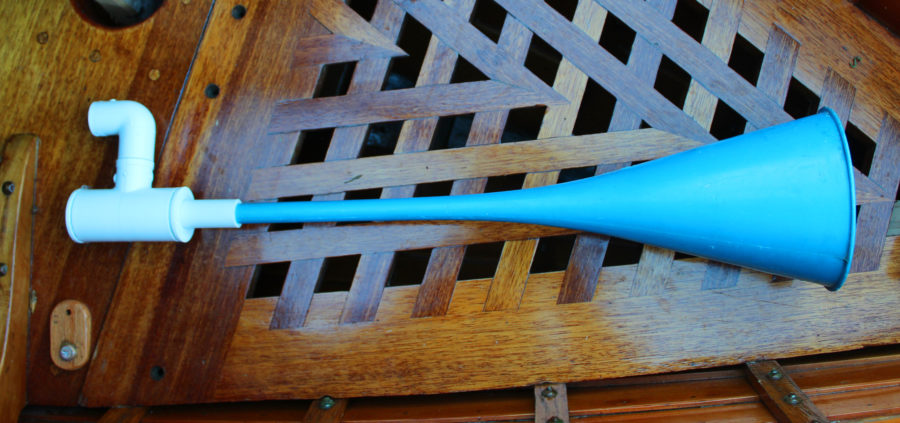
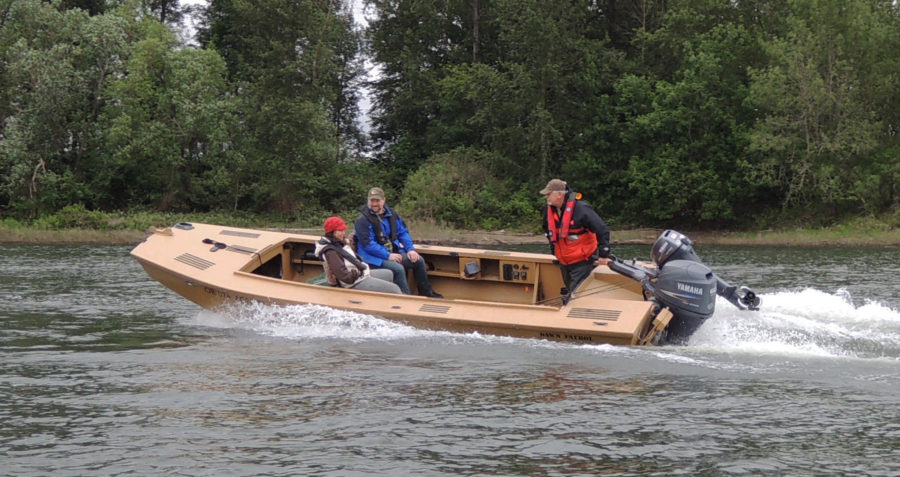
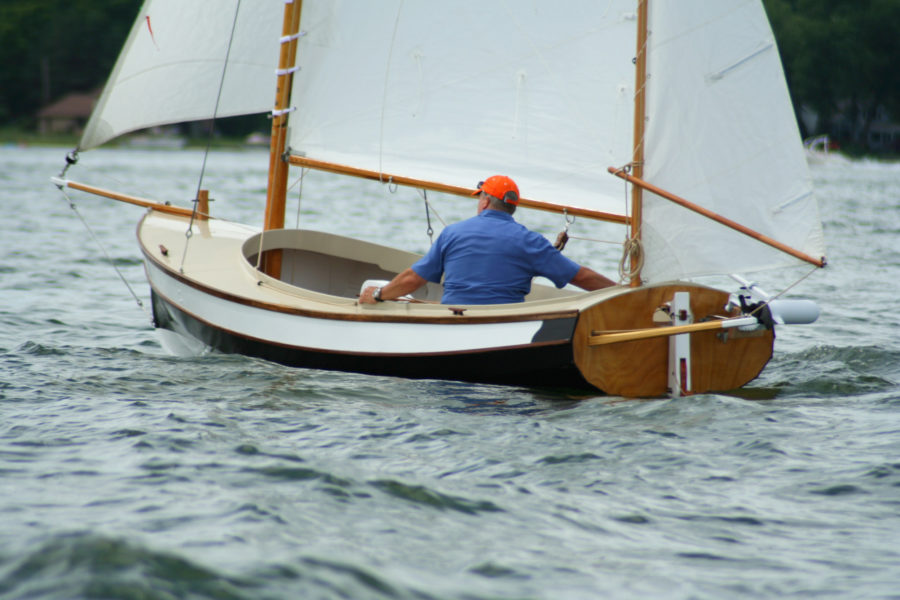

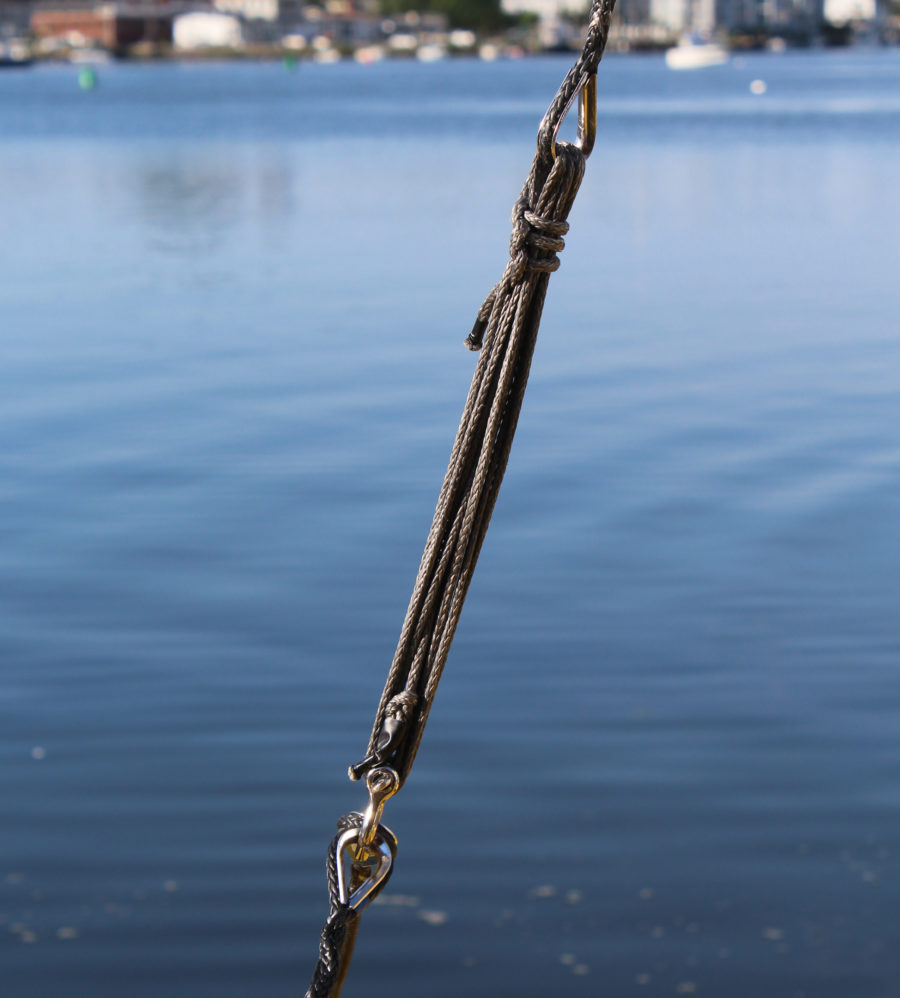
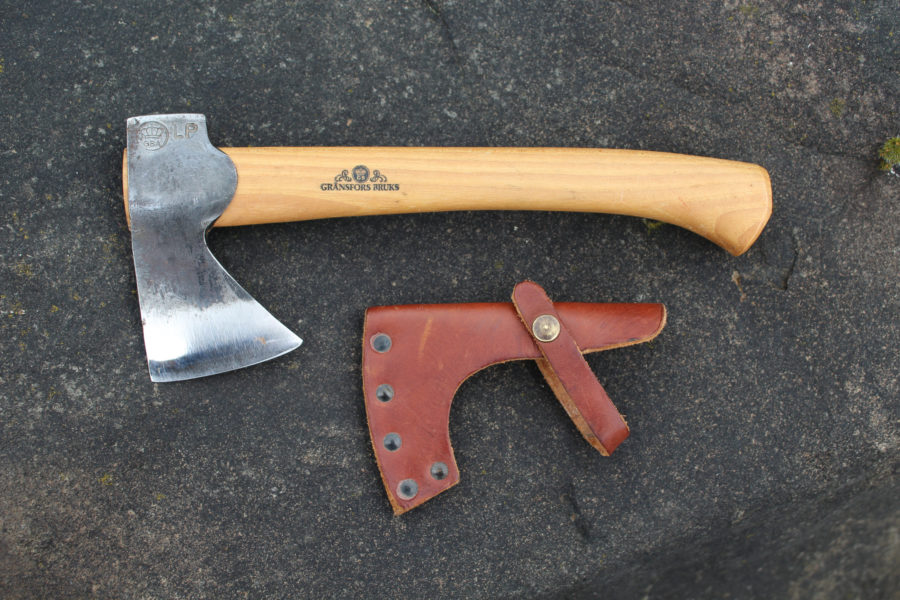
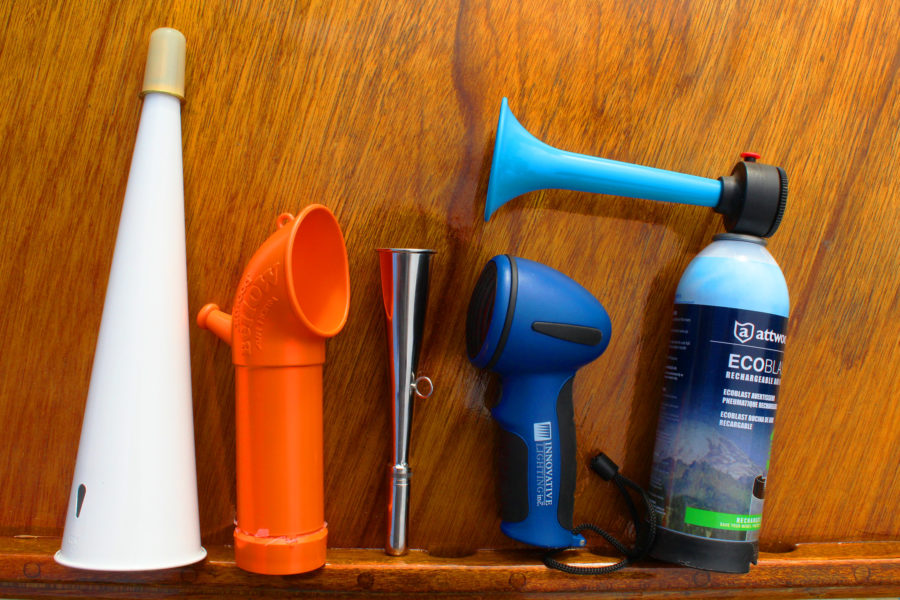

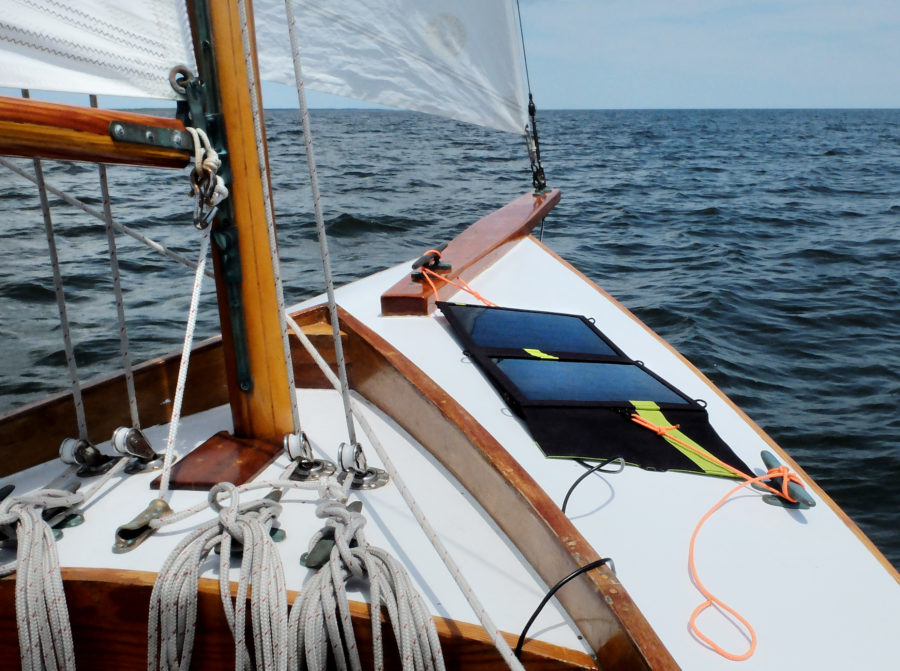
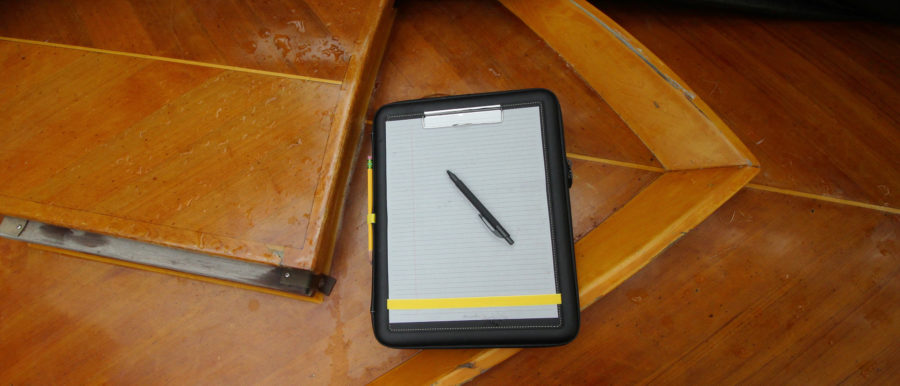
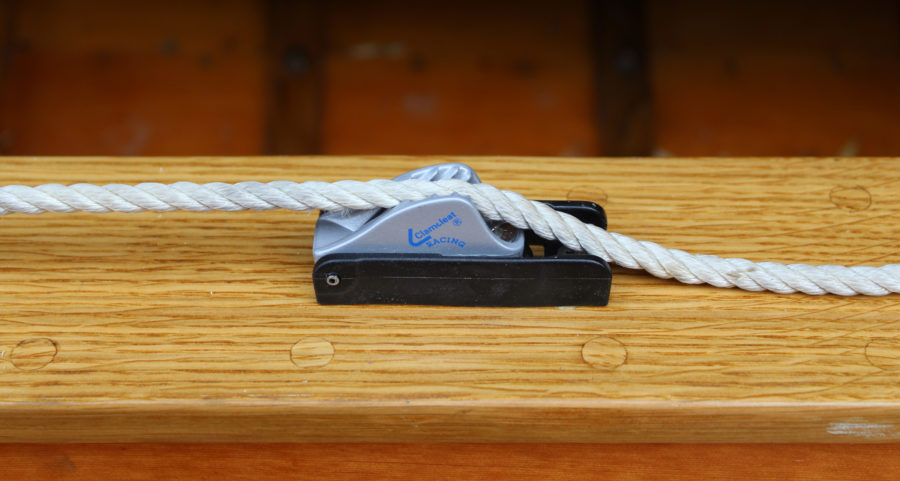
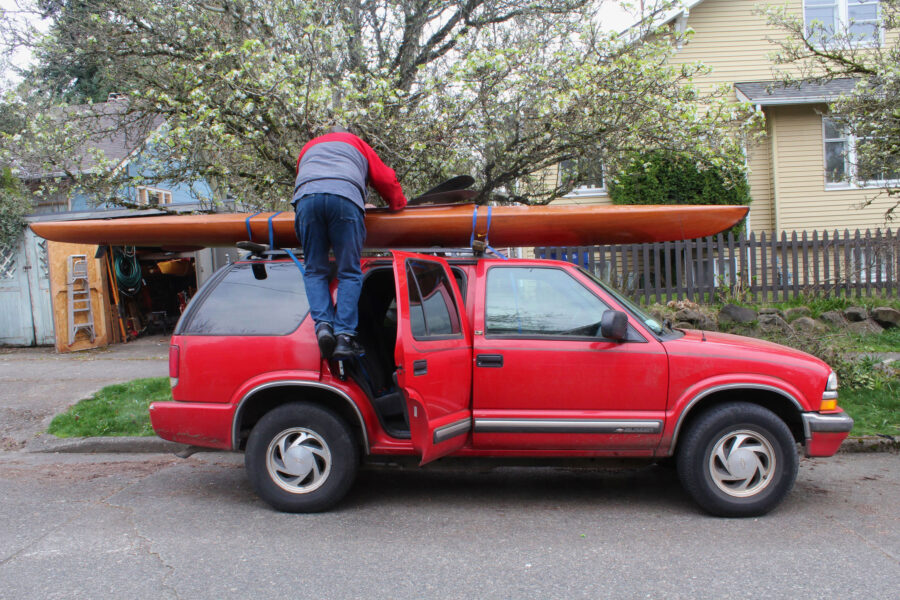
The SeaSense SafetyBlaster is an alternative to the Attwood Bellow in which the diaphragm is inside the horn making it less likely to need replacement. It is a straight-line horn. The small one is especially useful for sea kayakers. And the big Storm whistle that is made for PFD’s is a fine small alternative, one which you can always have with you in fog country. If you have a Perko, you’ll want to try to put it someplace were you won’t step on it.